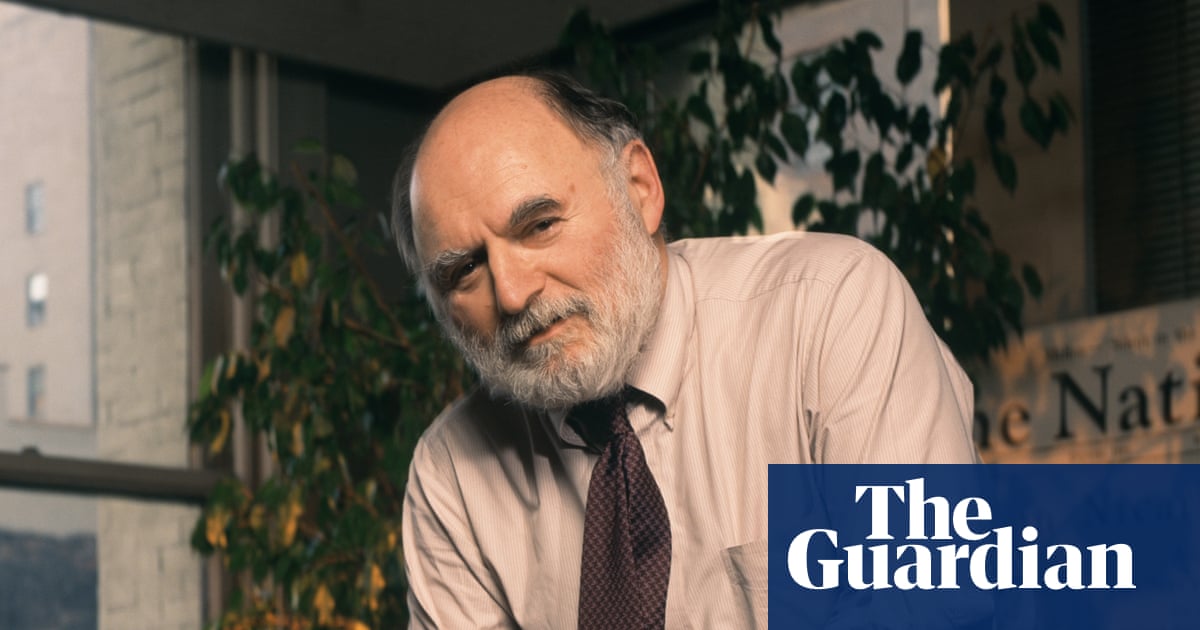
DUBAI: Longtime scholar Linda Jacobs calls it “the best-kept secret in New York history.” She is talking about New York City’s forgotten Syrian enclave of immigrants (often referred to as Little Syria) that once thrived in the late 19th and early 20th centuries, forming the first Arab-speaking community in the US.
For the latest updates, follow us on Instagram @arabnews.lifestyle
As part of an initiative supported by Lower Manhattan Cultural Council, Jacobs led in-person walking tours on Washington Street, the main hub of Little Syria, this summer. For Jacobs, it is a story that hits close to home.
All four of her grandparents emmigrated from modern-day Lebanon in the late 1800s, moving to Washington Street. “I was just interested in doing my family genealogy, and more importantly, for me, understanding if the myths or stories we were told as children in our family matched the reality … Some made it, some didn’t,” she told Arab News.
Aside from the presence of Arabs, Washington Street was home to other nationalities, including German and Irish families. It was an economic and cultural center, full of stores, cafes, and factories. It was not a bed of roses, though, according to Jacobs.
Built on landfill, Washington Street suffered from poor living conditions and a lack of clean air. Because the area was located near the tidal Hudson River, water would come up through the basements of tenement buildings.
To make matters worse, the rate of infant mortality, due to tuberculosis, was high. “It makes you cry, it’s really sad,” said Jacobs. “You can imagine that people did not want to remember this time of their lives, and I think that’s why my grandmother never talked about it. She never mentioned the word(s) ‘Washington Street’.”
A majority of the people referred to as Syrians who came to New York City most likely hailed from Lebanon, seeking better economic opportunities. Those who initially arrived were farmers and laborers, later followed by wealthier classes. The lucrative trade of peddling was a common profession amongst Syrians, who saved up money to open their own businesses and relocate to safer boroughs, such as Brooklyn.
By the 1940s, the Syrian community was non-existent on the street. The physical neighborhood was destroyed, making way for building the Brooklyn–Battery Tunnel. Today, Washington Street is a neglected area, where only three buildings, including the facade of St. George’s Melkite Church of the Syrian Community, have survived, but most lack landmark status granted by the city.
Conducting such walking tours around the area is important for Jacobs. “All were surprised because no one had any idea that this community existed,” she remarked. “It’s a mixed blessing, because in a way, it’s a real lesson to others to try and save their communities from total destruction. And on the other side, it’s very sad to have it all be gone.”












